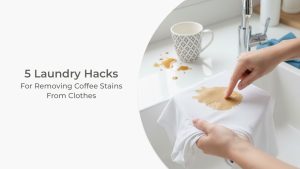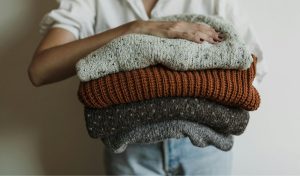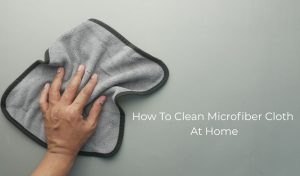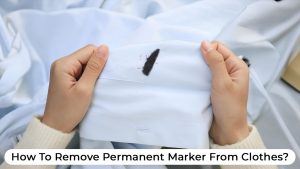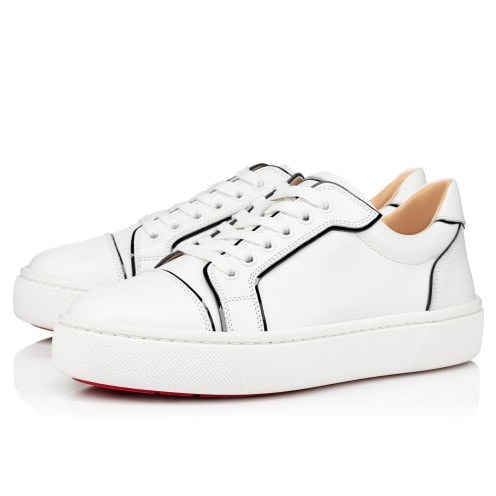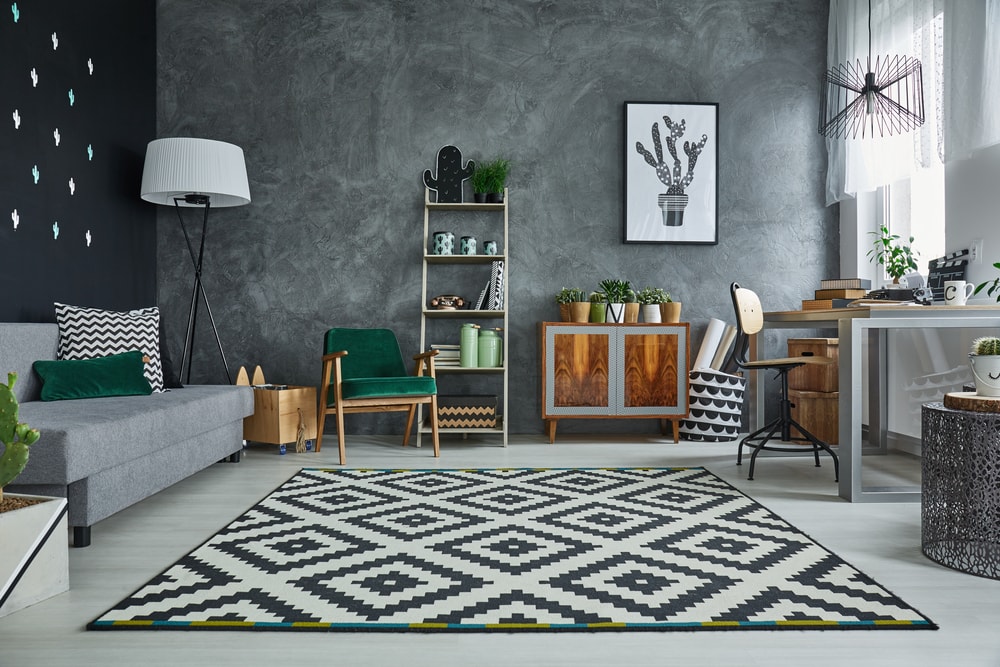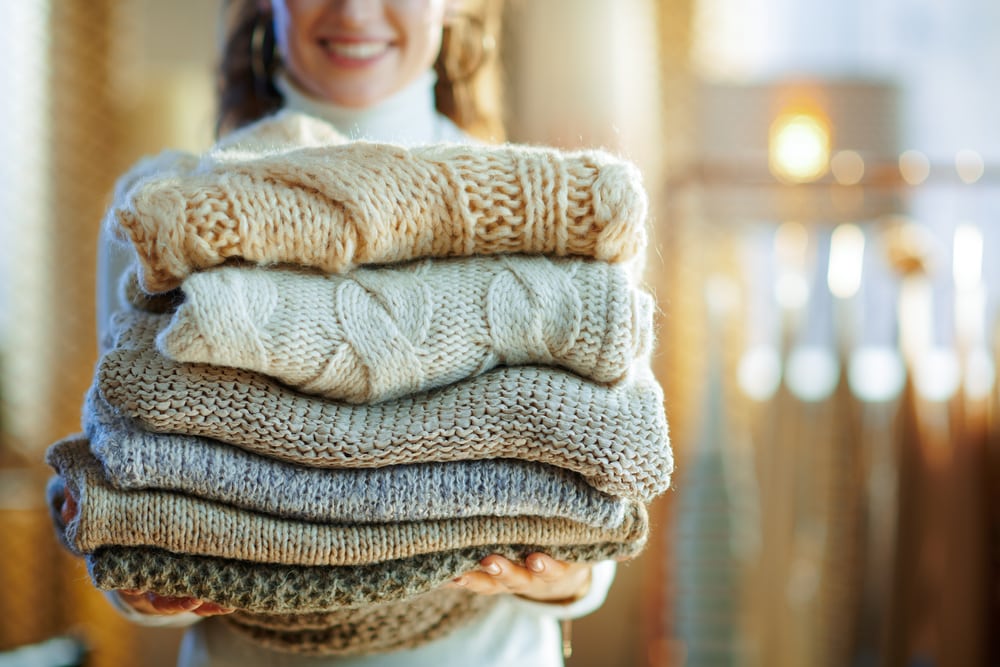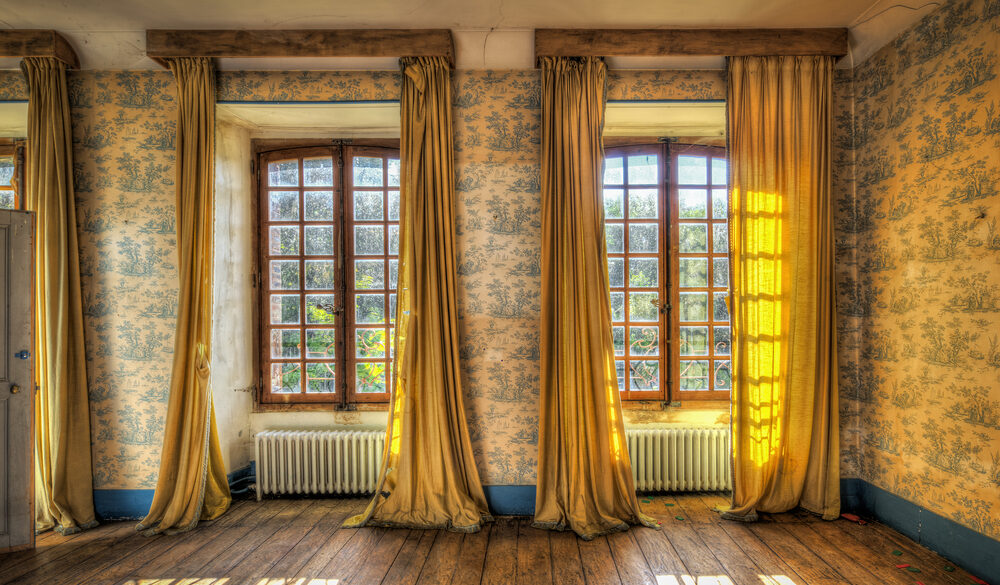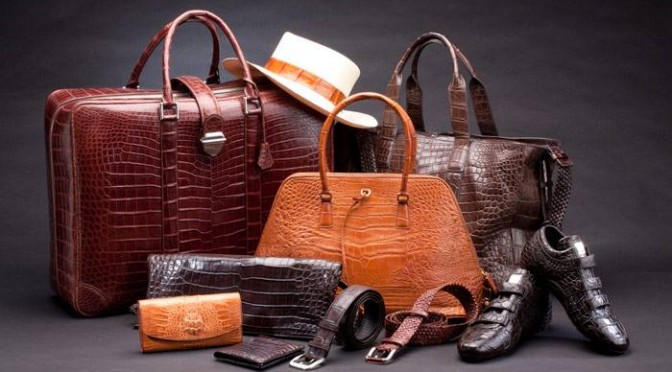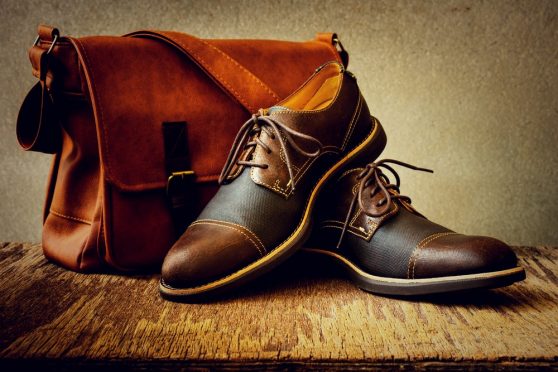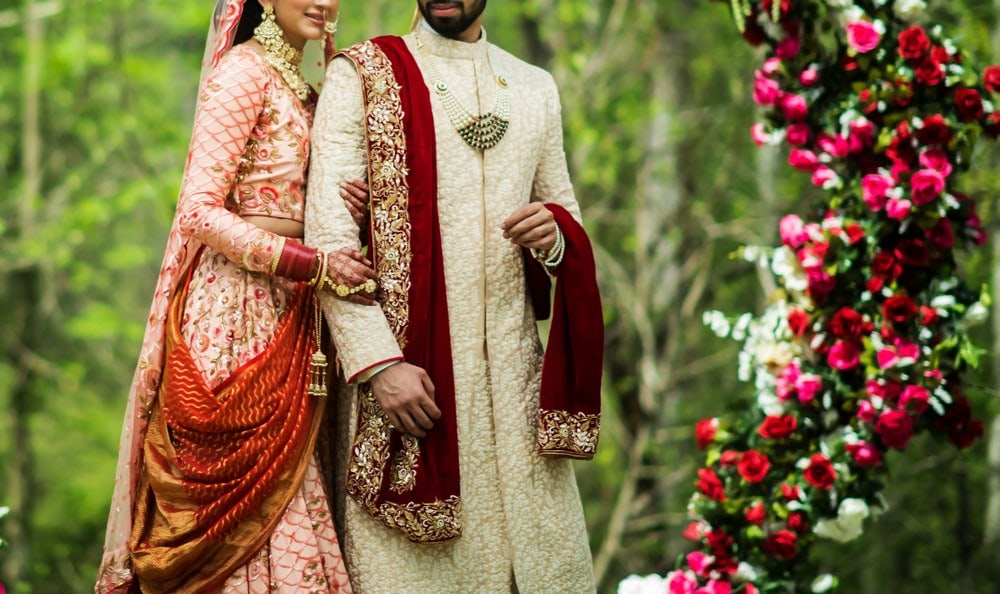Many people end up losing their favorite garment...
Read More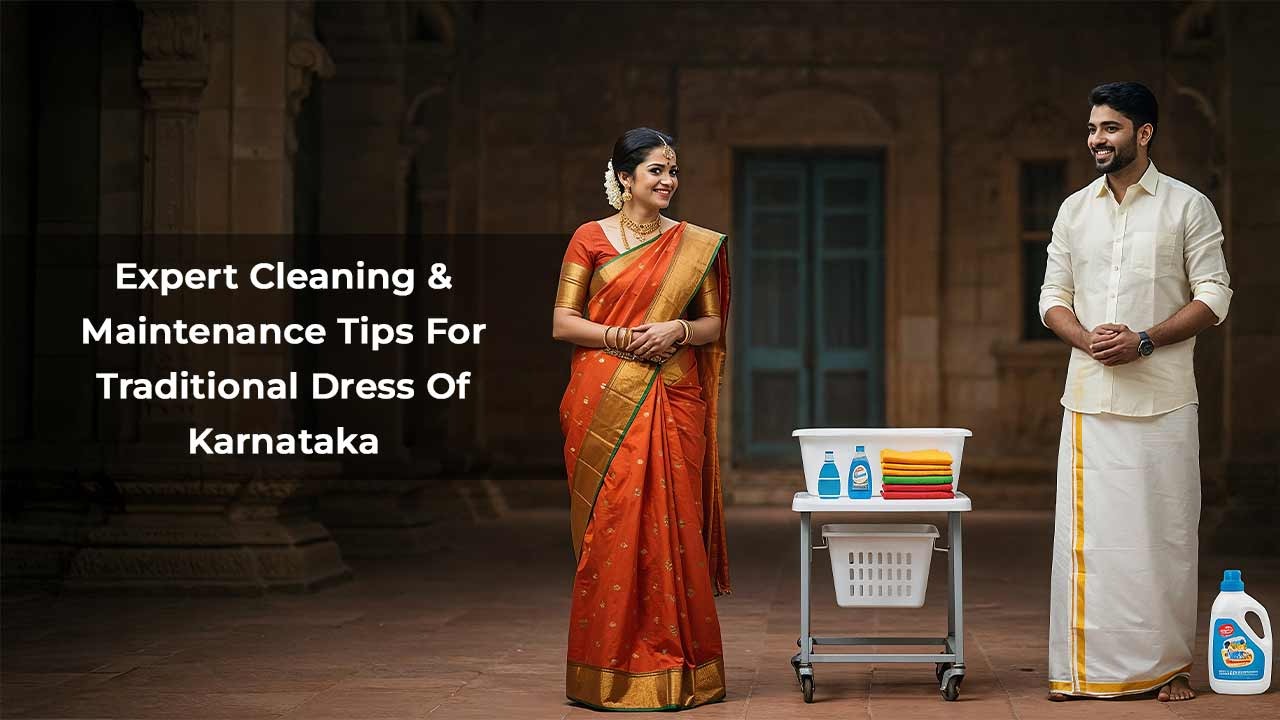
Table of Contents
Karnataka is among the major city of Southern India, representing its rich culture heritage and tradition. This state holds a strong place due to its diverse beautiful places ranging from Coorg to silicon valley. From its historical sites to its music, art, dance, everything is praised in every corner of India for its uniqueness. That’s why people used to visit Kranataka once in their lifetime. Apart from this, Traditional dress of Karnataka represents the rich culture of the state.
Clothing of Karnataka is a perfect blend of comfort and tradition. Although, this state has diverse communities and each one of them has a unique clothing sense. Women from Karnataka usually wear sarees while on the other hand men wear dhoti kurta. Years have passed but they never changed their karnataka attire. Still, In many areas of Karnataka especially the traditional attires are still worn.
Read More: Why should we wear cotton clothes in summer?
Traditional Dress Of Karnataka’s Men
Basically traditional clothes of karnataka’s men is comprised of Angavastram, Panache, and Mysore Peta (Pagdi). Now, Let’s have a detailed information on these famous clothes.
Angavastram: Angavastram is a special cloth or we can say that a piece of cloth or stole which is placed around the neck on the shoulder usually on one side. The clothing material used in the making is “cotton” or “silk”. Men in Karnataksa generally use this angavastra to complete their outfit with panache and shirt.
Panche: Panche or Dhoti is a piece of cloth which Karnataka’s men used to wear around their waistline. Generally it is of white color. To make you understand better, panche is similar of lungi or dhoti. With the passing time, men have changed their dressing sense like they have started wearing shirt, tshirt but still on festivals or any special occasion they used to wear their traditional clothes. Some men in Karnataa also started wearing kurta above this panche. It is also can be seen in different colors and materials. It is very comfortable in summers as with made of cotton it allows air to pass between the clothing.
Mysore Peta: The Mysore Peta is a traditional headdress worn by men in Karnataka, especially during festive and ceremonial occasions. Resembling a turban or pagdi, it carries deep cultural and historical significance, once proudly worn by the royals of the Mysore Kingdom. Over time, it has become a symbol of pride and honor, often presented as a mark of respect during official functions and celebrations. The Mysore Peta is typically made from fine silk or cotton fabric and is adorned with intricate golden threadwork, which adds a touch of elegance and regality. Some variants are further embellished with beads, stones, and even feathers, enhancing their festive appeal. Whether worn during weddings, religious events, or cultural gatherings, the Mysore Peta reflects the rich heritage and traditions of Karnataka, showcasing the region’s deep-rooted respect for its royal past and timeless customs.
Get spotless clothes at your doorstep in rainy days!
Traditional Dress Of Karnataka’s Women
When it comes to women, Traditional dress has a wide range of options. From Kanchipuram to silk, sarees are the top choice of clothing for women of Karnataka.
Mysore Silk Sarees: Mysore silk sarees are one of the most treasured traditional attires among the women of Karnataka, and their charm has now captivated women across India. Known for their lightweight crepe texture, radiant shimmer, and exquisite zari work, these sarees have evolved from being regional classics to nationally admired garments. Woven from pure mulberry silk of which Karnataka is one of the largest producers in India. Mysore silk sarees reflect both luxury and legacy. This art of weaving was once patronized by the royals, the Sultans and Maharajas of Mysore and continues to flourish today, celebrated for its elegance and craftsmanship. A hallmark of these sarees is their solid-coloured base and minimalistic design, which beautifully showcases the rich 24-carat gold-coated zari borders sourced from Surat. The combination of purity, tradition, and opulence makes them expensive and elite. During festive events and ceremonies, women in Karnataka often grace the occasion in these sarees, which are considered a symbol of class, pride, and cultural heritage.
Kanchipuram Sarees: Kanchipuram sarees, also known as Kanjeevaram sarees, are renowned for their timeless elegance, luxurious texture, and intricate craftsmanship, making them one of the most celebrated traditional weaves in South India. Originating from the temple town of Kanchipuram in Tamil Nadu, these sarees have gained immense popularity in Karnataka as well, where women often drape them on special occasions like weddings, festivals, and religious ceremonies. The hallmark of a Kanchipuram saree lies in its richly woven, broad borders adorned with golden and silver zari threads, showcasing stunning handcrafted patterns that reflect India’s cultural opulence.
Traditional motifs such as temple borders, floral vines, checks, and stripes are commonly featured, symbolizing auspiciousness and grace. What sets the authentic Kanchipuram silk saree apart is the unique technique in which the body and pallu are woven separately and then seamlessly interlocked using a strong zig-zag weave, making the joint nearly invisible and extremely durable. Made from pure mulberry silk and real zari, these sarees offer a smooth, lustrous finish and are known for their heaviness, durability, and grandeur, which contribute to their higher cost. Kanchipuram sarees are not just garments but heirloom pieces that embody India’s weaving heritage and are proudly passed down through generations.
Ilkal Sarees: Ilkal sarees are one of the most beloved traditional sarees in Karnataka, known for their vibrant colors, bold borders, and rich weaving heritage. Originating from Ilkal, a small town in the Bagalkote district of Karnataka, these sarees hold deep cultural significance, especially among rural women and temple-goers. The town of Ilkal has historically been a major handloom weaving center, and its sarees are celebrated for their distinctive design, heavy pallu, and intricate detailing. The pallu (top piece) of an Ilkal saree is often decorated with beautiful embroidery and temple-inspired motifs, while the body features stripes, checks, squares, or even plain designs. These sarees are made in striking colors like peacock green, parrot green, pomegranate red, and turmeric yellow.
A standout feature of the Ilkal saree is its broad contrast-colored borders, usually 4 to 6 inches wide, with unique styles such as Paraspet, Gaadi, and Gomi borders. The motifs often draw from temple architecture, floral patterns, shells, and other traditional elements. Ilkal sarees are available in cotton and silk variants, cotton Ilkal sarees are popular for daily wear in rural Karnataka, while silk Ilkal sarees are preferred during festivals and special occasions. With their perfect blend of tradition, comfort, and elegance, Ilkal sarees continue to be a symbol of Karnataka’s rich textile legacy and remain a timeless favourite among women of all ages.
Giri Kumkum Sarees: This is the bridal sarees which are born by the brides of Karnataka which is specially crafted with Giri Kumkum. The name speakes itself that this saree resembles with the design of kumkum which is used by married women. Also, The texture of these sarees are very unique showing its own heritage.
Best Tips To Maintain Traditional Clothes Of Karnataka
1. Know the Fabric First
Traditional outfits from Karnataka often use handloom cotton, pure silk, or blended fabrics. Before cleaning or storing, always identify the fabric type. For example:
- Ilkal Sarees: Usually a blend of cotton and silk.
- Mysore Silk: Pure silk with a soft, lustrous texture.
- Kasuti Work Kurtas: Generally done on cotton or silk.
- Lambani Dresses: Rich in mirrors and hand embroidery on thick cotton.
Each type requires fabric-specific care.
2. Dry Clean When In Doubt
Some clothes may be in vogue, but they totally plummet into disaster in the rain. The clothes to avoid in the rainy season include denim jeans, heavy cotton kurtas, silk dresses, and chiffon tops. These fabrics absorb water very fast and take ages to dry, growing heavy, sticky, and clingy. Walking with such damp attire can become a downer and waste the whole day for you. These clothes are not only unpleasant on the skin but can exacerbate itching or trigger rashes or even fungal infections due to the trapped moisture and poor airing capacity.
During monsoons, one should not go for style-over-substance choices. Instead, go for lightweight clothes made out of breathable material, which dry quickly, feel fresh, and allow free movement-even when the weather seems unpredictable and the streets are all wet.
Get Shiny and spotless saree at home
3. Avoid Direct Sunlight While Drying
After washing (especially hand-washed cotton outfits), do not dry them in harsh sunlight. This can cause:
- Color fading
- Fabric weakening
- Embroidery or mirror work becoming brittle
Instead, dry them in a shaded area with good airflow.
4. Use Mild Detergents Only
Traditional fabrics don’t tolerate harsh detergents. Use liquid detergents for delicates or natural cleansers like:
- Reetha (Soapnut)
- Shikakai
- Mild baby shampoo (for silk)
Avoid bleach or strong stain removers, especially on handwoven and naturally dyed garments.
5. Hand Wash With Care
If dry cleaning isn’t an option, gently hand wash the garment:
- Use cold water.
- Do not rub or wring.
- Soak briefly (5-10 mins max).
- Rinse gently without twisting.
Pro tip: Always test a hidden part for colorfastness before washing.
Flat 20% off on 1st order-
schedule free pick up
Conclusion
Karnataka’s traditional clothes are cultural treasures. Whether it’s the elegance of a Mysore silk saree or the rustic charm of a Lambani dress, they deserve respectful care. With just a little attention and the right cleaning techniques, you can preserve the vibrancy, craftsmanship, and elegance of these traditional attires for generations to come.
Disclaimer: The opinions expressed in this article are those of the author. They do not necessarily purport to reflect the values or views of Tumbledry.
Best Ways to Use Vitamin C in Laundry
Don't let stains ruin your favorite clothes! Ever...
Read MoreHow to Keep Your Sweaters Soft and Fluffy:
Buying blazer for boys is not a cake...
Read MoreHow To Remove Slime From Clothes
Playing with slime is among the favorite activity...
Read MoreHow To Clean Microfiber Cloth At Home
We all know that microfiber clothes are very...
Read More10 Best Traditional Engagement Dress For Couples In
Wedding season is not so far and people...
Read MoreTop 30 Best Women Clothing Brands In India
Want to explore top 30 women clothing brands...
Read MoreHow To Remove Permanent Marker From Clothes?
There are many times when we get a...
Read MoreBest Shoes For Walking: Expert Tips For Long
Step into comfort and durability! Discover the best...
Read MoreBest Clothing Brands For Men
want to explore the best clothes brands for...
Read More
